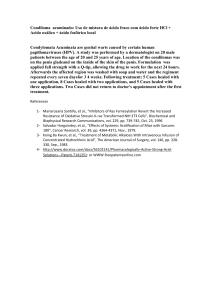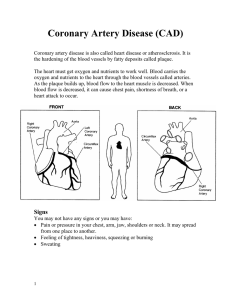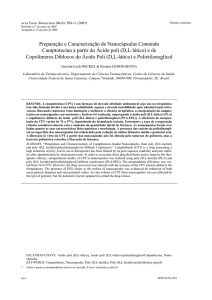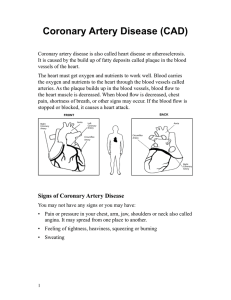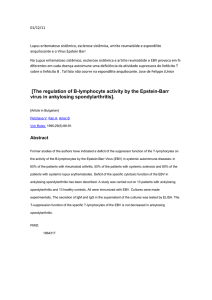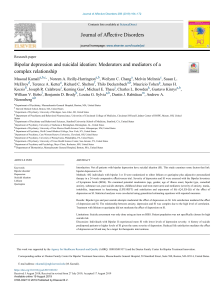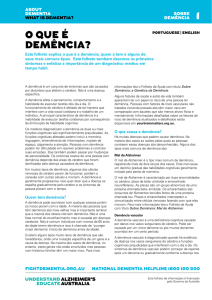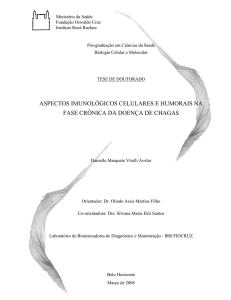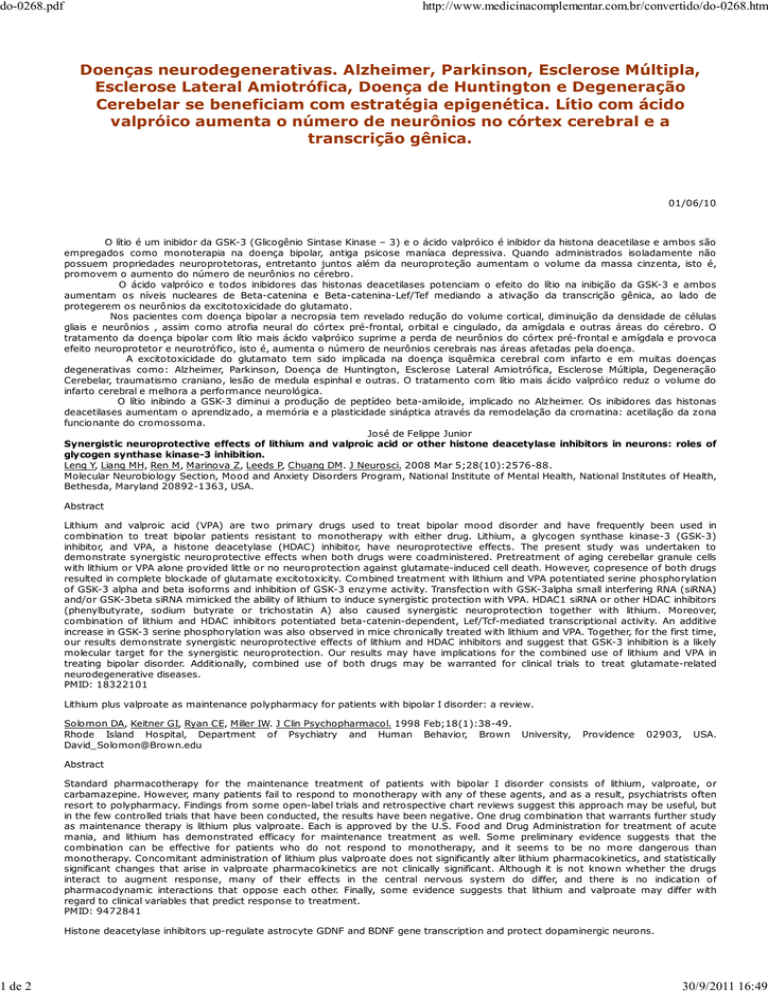
do-0268.pdf
1 de 2
http://www.medicinacomplementar.com.br/convertido/do-0268.htm
Doenças neurodegenerativas. Alzheimer, Parkinson, Esclerose Múltipla,
Esclerose Lateral Amiotrófica, Doença de Huntington e Degeneração
Cerebelar se beneficiam com estratégia epigenética. Lítio com ácido
valpróico aumenta o número de neurônios no córtex cerebral e a
transcrição gênica.
01/06/10
O lítio é um inibidor da GSK-3 (Glicogênio Sintase Kinase – 3) e o ácido valpróico é inibidor da histona deacetilase e ambos são
empregados como monoterapia na doença bipolar, antiga psicose maníaca depressiva. Quando administrados isoladamente não
possuem propriedades neuroprotetoras, entretanto juntos além da neuroproteção aumentam o volume da massa cinzenta, isto é,
promovem o aumento do número de neurônios no cérebro.
O ácido valpróico e todos inibidores das histonas deacetilases potenciam o efeito do lítio na inibição da GSK-3 e ambos
aumentam os níveis nucleares de Beta-catenina e Beta-catenina-Lef/Tef mediando a ativação da transcrição gênica, ao lado de
protegerem os neurônios da excitotoxicidade do glutamato.
Nos pacientes com doença bipolar a necropsia tem revelado redução do volume cortical, diminuição da densidade de células
gliais e neurônios , assim como atrofia neural do córtex pré-frontal, orbital e cingulado, da amígdala e outras áreas do cérebro. O
tratamento da doença bipolar com lítio mais ácido valpróico suprime a perda de neurônios do córtex pré-frontal e amígdala e provoca
efeito neuroprotetor e neurotrófico, isto é, aumenta o número de neurônios cerebrais nas áreas afetadas pela doença.
A excitotoxicidade do glutamato tem sido implicada na doença isquêmica cerebral com infarto e em muitas doenças
degenerativas como: Alzheimer, Parkinson, Doença de Huntington, Esclerose Lateral Amiotrófica, Esclerose Múltipla, Degeneração
Cerebelar, traumatismo craniano, lesão de medula espinhal e outras. O tratamento com lítio mais ácido valpróico reduz o volume do
infarto cerebral e melhora a performance neurológica.
O lítio inibindo a GSK-3 diminui a produção de peptídeo beta-amiloide, implicado no Alzheimer. Os inibidores das histonas
deacetilases aumentam o aprendizado, a memória e a plasticidade sináptica através da remodelação da cromatina: acetilação da zona
funcionante do cromossoma.
José de Felippe Junior
Synergistic neuroprotective effects of lithium and valproic acid or other histone deacetylase inhibitors in neurons: roles of
glycogen synthase kinase-3 inhibition.
Leng Y, Liang MH, Ren M, Marinova Z, Leeds P, Chuang DM. J Neurosci. 2008 Mar 5;28(10):2576-88.
Molecular Neurobiology Section, Mood and Anxiety Disorders Program, National Institute of Mental Health, National Institutes of Health,
Bethesda, Maryland 20892-1363, USA.
Abstract
Lithium and valproic acid (VPA) are two primary drugs used to treat bipolar mood disorder and have frequently been used in
combination to treat bipolar patients resistant to monotherapy with either drug. Lithium, a glycogen synthase kinase-3 (GSK-3)
inhibitor, and VPA, a histone deacetylase (HDAC) inhibitor, have neuroprotective effects. The present study was undertaken to
demonstrate synergistic neuroprotective effects when both drugs were coadministered. Pretreatment of aging cerebellar granule cells
with lithium or VPA alone provided little or no neuroprotection against glutamate-induced cell death. However, copresence of both drugs
resulted in complete blockade of glutamate excitotoxicity. Combined treatment with lithium and VPA potentiated serine phosphorylation
of GSK-3 alpha and beta isoforms and inhibition of GSK-3 enzyme activity. Transfection with GSK-3alpha small interfering RNA (siRNA)
and/or GSK-3beta siRNA mimicked the ability of lithium to induce synergistic protection with VPA. HDAC1 siRNA or other HDAC inhibitors
(phenylbutyrate, sodium butyrate or trichostatin A) also caused synergistic neuroprotection together with lithium. Moreover,
combination of lithium and HDAC inhibitors potentiated beta-catenin-dependent, Lef/Tcf-mediated transcriptional activity. An additive
increase in GSK-3 serine phosphorylation was also observed in mice chronically treated with lithium and VPA. Together, for the first time,
our results demonstrate synergistic neuroprotective effects of lithium and HDAC inhibitors and suggest that GSK-3 inhibition is a likely
molecular target for the synergistic neuroprotection. Our results may have implications for the combined use of lithium and VPA in
treating bipolar disorder. Additionally, combined use of both drugs may be warranted for clinical trials to treat glutamate-related
neurodegenerative diseases.
PMID: 18322101
Lithium plus valproate as maintenance polypharmacy for patients with bipolar I disorder: a review.
Solomon DA, Keitner GI, Ryan CE, Miller IW. J Clin Psychopharmacol. 1998 Feb;18(1):38-49.
Rhode Island Hospital, Department of Psychiatry and Human Behavior, Brown
[email protected]
University,
Providence
02903,
USA.
Abstract
Standard pharmacotherapy for the maintenance treatment of patients with bipolar I disorder consists of lithium, valproate, or
carbamazepine. However, many patients fail to respond to monotherapy with any of these agents, and as a result, psychiatrists often
resort to polypharmacy. Findings from some open-label trials and retrospective chart reviews suggest this approach may be useful, but
in the few controlled trials that have been conducted, the results have been negative. One drug combination that warrants further study
as maintenance therapy is lithium plus valproate. Each is approved by the U.S. Food and Drug Administration for treatment of acute
mania, and lithium has demonstrated efficacy for maintenance treatment as well. Some preliminary evidence suggests that the
combination can be effective for patients who do not respond to monotherapy, and it seems to be no more dangerous than
monotherapy. Concomitant administration of lithium plus valproate does not significantly alter lithium pharmacokinetics, and statistically
significant changes that arise in valproate pharmacokinetics are not clinically significant. Although it is not known whether the drugs
interact to augment response, many of their effects in the central nervous system do differ, and there is no indication of
pharmacodynamic interactions that oppose each other. Finally, some evidence suggests that lithium and valproate may differ with
regard to clinical variables that predict response to treatment.
PMID: 9472841
Histone deacetylase inhibitors up-regulate astrocyte GDNF and BDNF gene transcription and protect dopaminergic neurons.
30/9/2011 16:49
do-0268.pdf
2 de 2
http://www.medicinacomplementar.com.br/convertido/do-0268.htm
Wu X, Chen PS, Dallas S, Wilson B, Block ML, Wang CC, Kinyamu H, Lu N, Gao X, Leng Y, Chuang DM, Zhang W, Lu RB, Hong JS. Int J
Neuropsychopharmacol. 2008 Dec;11(8):1123-34.
Laboratory of Pharmacology and Chemistry, National Institute of Environmental Health Sciences, National Institutes of Health, Research
Triangle Park, NC, USA.
Abstract
Parkinson's disease (PD) is characterized by the selective and progressive loss of dopaminergic (DA) neurons in the midbrain substantia
nigra. Currently, available treatment is unable to alter PD progression. Previously, we demonstrated that valproic acid (VPA), a mood
stabilizer, anticonvulsant and histone deacetylase (HDAC) inhibitor, increases the expression of glial cell line-derived neurotrophic factor
(GDNF) and brain-derived neurotrophic factor (BDNF) in astrocytes to protect DA neurons in midbrain neuron-glia cultures. The present
study investigated whether these effects are due to HDAC inhibition and histone acetylation. Here, we show that two additional HDAC
inhibitors, sodium butyrate (SB) and trichostatin A (TSA), mimic the survival-promoting and protective effects of VPA on DA neurons in
neuron-glia cultures. Similar to VPA, both SB and TSA increased GDNF and BDNF transcripts in astrocytes in a time-dependent manner.
Furthermore, marked increases in GDNF promoter activity and promoter-associated histone H3 acetylation were noted in astrocytes
treated with all three compounds, where the time-course for acetylation was similar to that for gene transcription. Taken together, our
results indicate that HDAC inhibitors up-regulate GDNF and BDNF expression in astrocytes and protect DA neurons, at least in part,
through HDAC inhibition. This study indicates that astrocytes may be a critical neuroprotective mechanism of HDAC inhibitors, revealing
a novel target for the treatment of psychiatric and neurodegenerative diseases.
PMID: 18611290 [
30/9/2011 16:49

